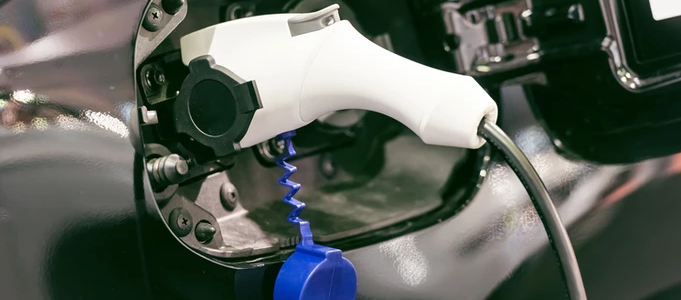
The challenge of reducing the environmental impact of the transportation industry has been worked on over the last few decades. In early 2020, it became more of a focus, particularly with battery electric vehicles (BEVs). This change has been driven by significant improvements in battery technology and an overall reduction in cost. Combined with new governmental emission mandates, funding initiatives and public demand for zero-emission technologies, the stage has been set for BEVs to dominate the transportation industry.
Fully electric vehicles currently represent the most positive outcome. With zero tailpipe emissions, they have a much smaller impact on the environment on average and as renewable energy continues to improve it will only get better. EVs also present fleets with the opportunity to improve their bottom line. Since the cost per kWh of electricity and maintenance costs are cheaper compared to the equivalent expenditures for operating ICE vehicles, electric vehicles typically have a much lower total cost of ownership.
At Advantage Asset Tracking, we have noted that many fleets are choosing to electrify for more reasons than just meeting emission mandates. Guided by a sense of social responsibility, financial incentives or both, many of the organizations we work with have created their own sustainability goals and a roadmap to achieving those goals.
How to go electric
According to GNA’s State of Sustainable Fleets survey, 69% of responding fleets, who are early adopters of clean vehicles in the U.S., planned to either pilot or purchase a BEV in the next 12 months. There are a number of steps to take when adopting BEVs, like contacting your electric utility company, but the first task is determining where it makes sense to electrify and that’s where we can step in and help.
Geotab offers a complimentary EV Suitability Assessment (EVSA) to determine which ICE vehicles in your fleet can be replaced with an electric model while maintaining operations and reducing costs. We encourage fleets to run these assessments, which are based on fleet-specific data, on a regular basis. In doing so, fleets can re-evaluate the electrification potential following duty cycle changes or as new incentives and vehicle models become available.
The idea of transitioning your entire fleet can seem like a monumental task, but we feel fleet electrification should be viewed as a gradual process. By replacing a small number of vehicles at a time a fleet can essentially test the water and begin to optimize their operations before a large-scale adoption plan.
Telematics is the key to optimizing EV operations
Once you have incorporated electric vehicles into your fleet there are steps you can take in order to increase the benefits of your investment. The key to unlocking this knowledge is by reviewing your telematics data.
Through data-driven insights, fleet managers can optimize routes to ensure the vehicles can cover the most miles without needing to charge en route. They can also establish best practices for charging and driving habits to maintain the vehicle’s battery health and improve range.
Maximizing the efficiency of the vehicles in your fleet is nothing new and many of the same techniques will still apply for BEVs. By using fleet management software that allows you to manage both ICE vehicles and BEVs within the same platform, you can streamline the entire process.
The state of sustainable fleets
Fleet sustainability is beginning to blossom across different clean fuel technologies. Current electric vehicles are range capable and can operate at a lower operational cost over their service life for the majority of fleet vehicle duty cycles. As more electric vehicles enter the market in new vehicle classes such as pickups, medium-duty and so on, fleet managers equipped with the right data and tools will be able to assign the right vehicle to the right job and seamlessly integrate the operations of electric assets with vehicles.
In order to stay ahead of the curve, we encourage fleet managers to contact us to support and educate in all of the tools available to them. After all, some of the upcoming government mandates around the globe are only one to two service lifecycles away.

